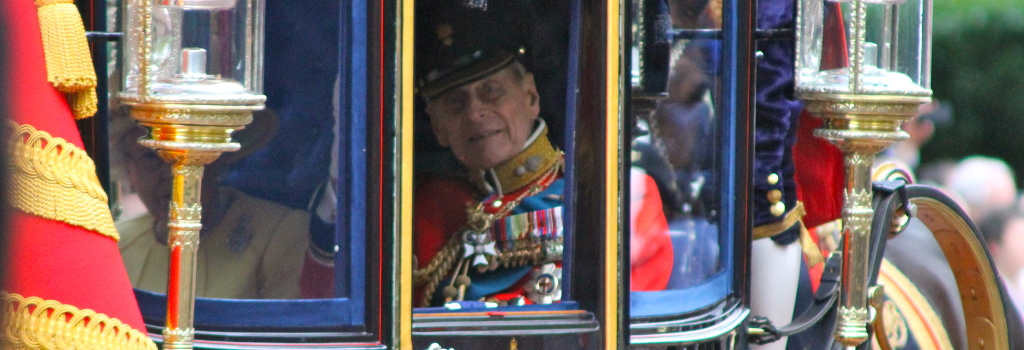
Early mass media adoption: just one of many feathers in the cap for the Duke’s modernisation of the Royal Family
The headlines broke around the world last week – Prince Philip, the Duke of Edinburgh, died on 9 April 2021 aged 99. The Prince was no stranger to the press throughout his seven decades of service, and has also been credited in various circles as a force for modernisation of both the British monarchy and the country as a whole.
While there is admittedly little crossover between Royal life and our main area of expertise in delivering international B2B PR, there are several key milestones and lessons that can be taken from Prince Philip’s relationship with the media – including some already covered by the IBA team in a classic blog from 2012.
The face of modernisation in the post-war era
Credited as being a driving force behind ‘modernisation’ of the Royal Family, Prince Philip embraced various modern and progressive ideals – often ahead of the popularity curve – across both the twentieth and twenty-first centuries.
These range from environmental issues – the Prince was a co-founder and President of the World Wide Fund for Nature (WWF) – to championing a post-war rebuild and focus on science and engineering to modernise the workforce. He famously quipped that “everything that wasn’t invented by God is invented by an engineer”, and had both a direct interest and inadvertent impact on the continued development of the UK technology sector.
Crucially, the Prince was a leading figure behind shifting the monarchy from ‘traditional’ methods of communication – such as delivering speeches on the balcony of Buckingham Palace for VE Day – to the far more effective methods of mass media.
First steps into the television era
On an individual basis, Prince Philip set a key milestone when he became the first Royal to give a one-to-one television interview in 1961, providing unique public access to a member of the Royal Family. This also paved the way for an unprecedented television documentary towards the end of the decade, providing the British public with a ‘behind the scenes’ look of their surprisingly ordinary family life.
The Duke of Edinburgh was also credited as being a key player in the decision to televise the Queen’s coronation in 1953, a world first which both coincided with mass TV sales in Britain and marked the start of television as a critical medium for the Royal Family to communicate with the public.
Gone was the traditional aloofness of the Royal Family, replaced by today’s media-friendly persona that spans annual Christmas messages from the Queen, intimate documentaries of Royal life and popular dramatised television series starring A-list actors. From a pure technology perspective, the Queen todays boasts television, email, Twitter and even Instagram among her methods of communication.
A lasting legacy among the British press and public
Despite retiring from an active role in the Royal Family in 2019 after completing over 22,000 engagements, the Duke of Edinburgh – and indeed the wider Royal Family – has never been far from the media spotlight and a subject of much discussion among both the press and public.
His significance is very much the same from a PR perspective. Love or loathe his so-called ‘gaffes’ at several of his extensive number of public engagements, his media presence and public interaction continue to be widely examined. With that in mind, the IBA team felt it would be pertinent to reshare a previous blog from The Spin Bin, originally written by CEO Judith Ingleton-Beer in November 2012.
HRH Prince Philip, Duke of Edinburgh, RIP – 1921-2021

Leave a comment